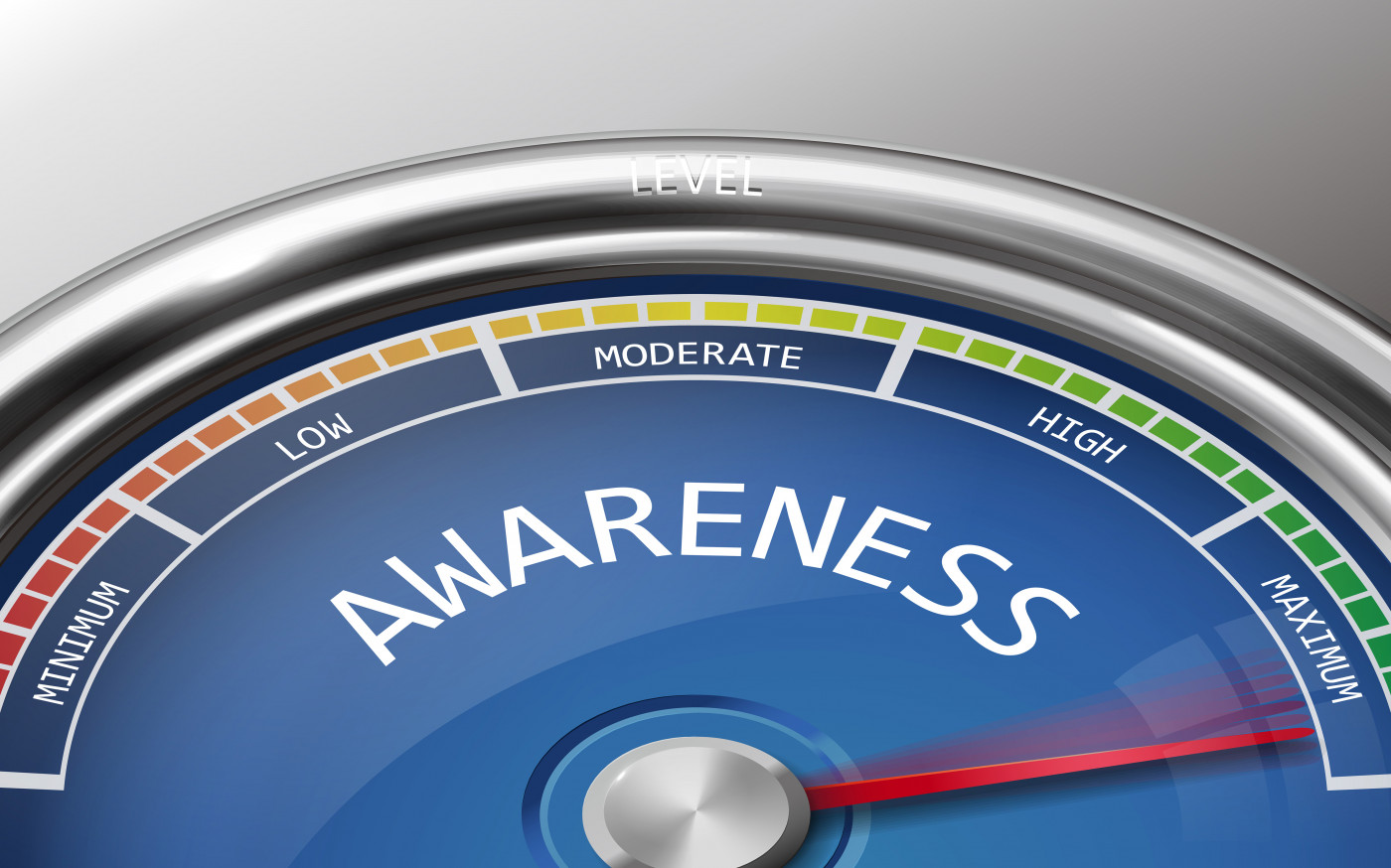Online Video Aims to Show How ‘Invisible’ Disabilities Affect Lives
Written by |

The Invisible Disabilities Association (IDA) has created a video to raise awareness about the hardships of disabilities that are real but not readily evident to passersby, and often complicate life for people with multiple sclerosis (MS) and other disorders.
The video, called “I Am Invisible No More,” features people with such disabilities telling their stories. With this initiative, the association hopes to help people — families, friends, or the general public — understand that things that are not directly apparent can also be severely disabling.
“People living with invisible disabilities may not appear to have any challenges, but sometimes this makes their battles even harder to fight,” Wayne Connell, founder of IDA, said in a press release.
“Imagine being constantly and unfairly judged, labeled as lazy or anti-social, because people, including your family and friends, do not believe or know that you have a disability.” Connell added.
A number of MS symptoms count as invisible disabilities. Chronic pain, movement impairment, trouble concentrating and extreme fatigue can severely impair a person’s ability to live a normal life, without being apparent.
In the video — sponsored by the disability benefits provider Allsup — Sherri Connell explains how her MS disabilities affect her life. She, and others, also explain what the association means for her and the thousands of people in her situation.
Invisible disabilities can include biological, physical, or mental limitations, the association underscored. In addition to MS, heart disease, traumatic brain injury, multiple chemical sensitivity, Lyme disease, arthritis, lupus, and many mental illnesses share the feature of being disabling in an “invisible” way.
“No one would get angry or upset with someone with a broken leg for turning down an invitation to go hiking,” Connell said. “But people with invisible disabilities often have to deal with negative reactions from people who don’t understand their illnesses.”
IDA estimates that 1 in 10 people live with a condition that, in some way, impairs their daily life.
“By sharing their stories, people living with invisible disabilities can help their family, friends and the public become more mindful of how they treat others, and also learn how to offer critical support if they know someone living with an invisible disability,” said Tai Prohaska, manager of Strategic Alliances at Allsup.
IDA helps people living with disabilities to connect and support each other in online communities. It also provides resources that help people strengthen relationships with families and friends.
The association hopes that the video can act as a conversation starter with people close to those with invisible disabilities.





